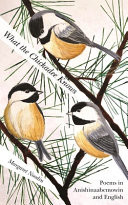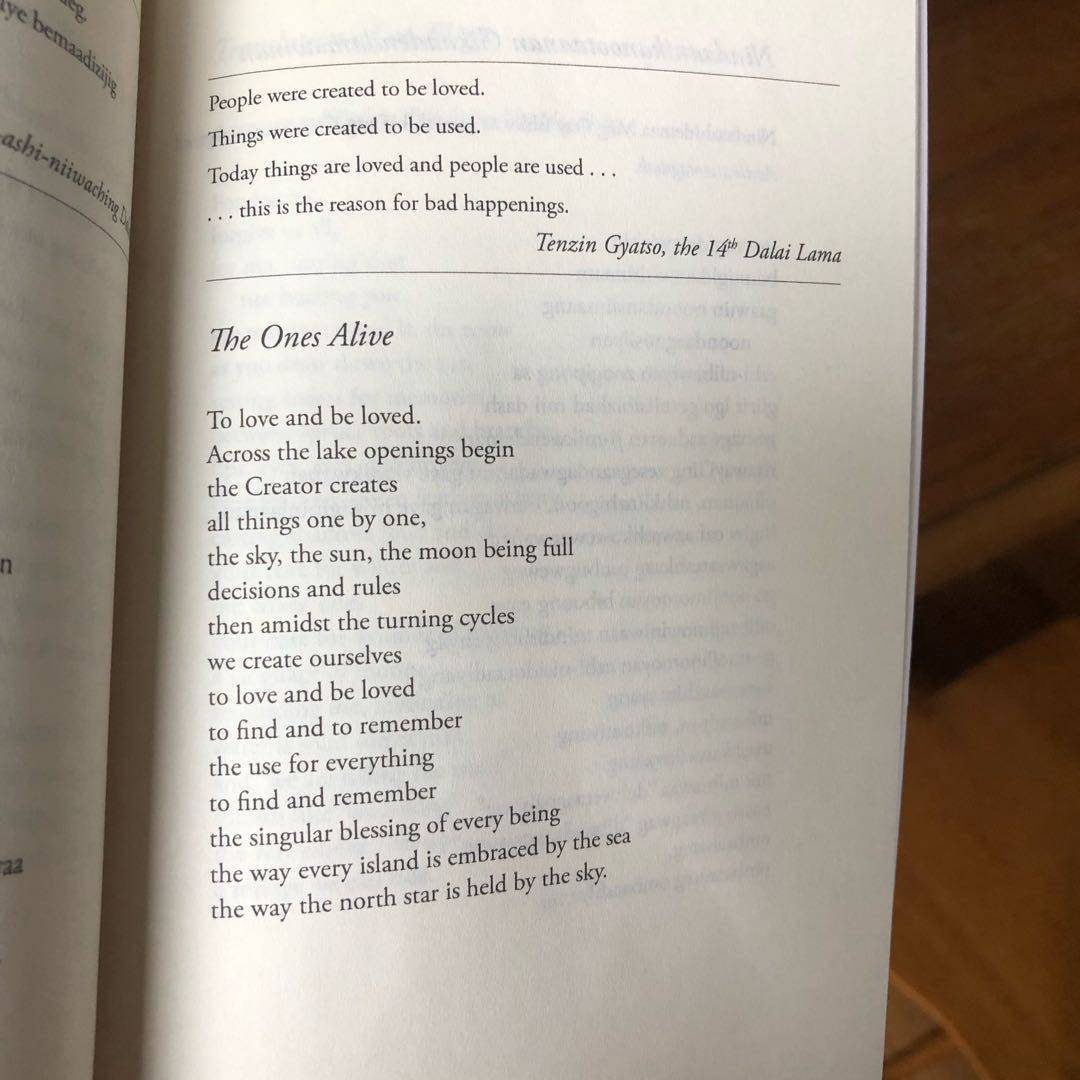
Book review catch-up post 1 of 5:
These poems, in English and Anishinaabemowin on facing pages, cover the natural world and Native American history (distant and recent) and perspectives. I found myself staring at the Anishinaabemowin versions, which I couldn't read, picking out the rhythms and musicality. The poems were meaningful, but the experience of interacting with a Native language had the greater impact on me. Recommended.
lauraisntwilder Oh, and this was my #bookspin for April! 5mo
TheBookHippie I loved this. 5mo
30 likes2 comments




















